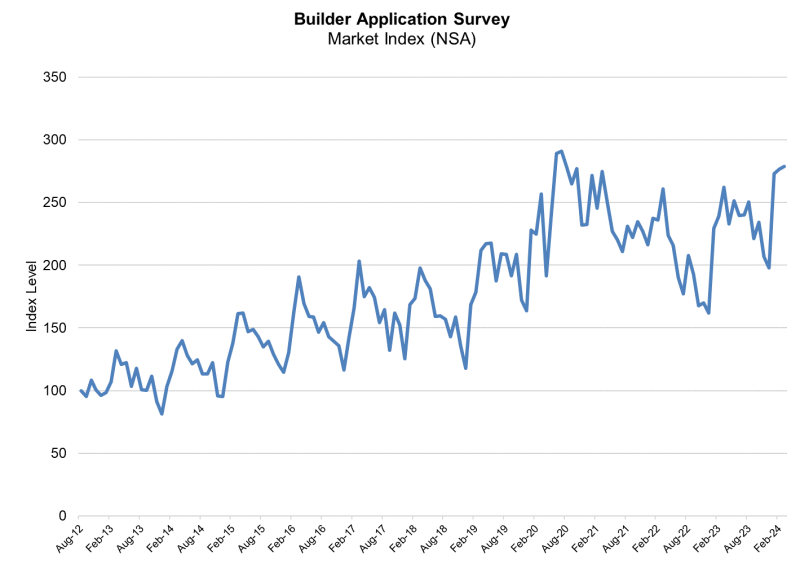The Buy-to-Rent Mortgage Opportunity

Since 2012, Wall Street investors have spent upwards of $25 billion to snatch up between 150,000 and 200,000 single-family homes, which they then put up for rent. While big investors could self-finance their acquisitions, smaller landlords intent on cashing in on distressed properties were forced to endure the residential mortgage underwriting process for every home they added to their portfolio, each one becoming more difficult to finance.
Today, there are millions of these smaller buy-to-rent landlords who are creditworthy and eager to borrow, but with few good options for financing. And there is still no shortage of the kinds of properties they want to buy on the market. This is an excellent opportunity for lenders who know how to meet their unique needs.
Someone who understands their business model
Buy-to-rent investors may consider themselves commercial enterprises but they’re still investing in residential real estate, which lenders are conditioned to think of in a certain way—and not just lenders. Both Fannie Mae and Freddie Mac impose limitations on the number of investment properties a borrower can own before their financing options dry up. While they can always seek financing from hard money lenders, the prices is high.
In today’s market, the buy-to-rent investor can make good money, buying up real estate at distressed prices and then renting it out to a large base of potential renters. Without a lender who understands how this business works, financing is very difficult.
Access to loan products that fit their needs
Even when they find a lender who will finance initial purchases, it can be very difficult for these investors to refinance them later in order to pull cash out to expand their portfolios. Traditionally, these investors have had to beat the bushes to find partners or hard money lenders to finance their acquisitions, when cash wasn’t available.
Before the foreclosure crisis, investors could approach homeowners and secure owner financing for investment properties, but when the banks became the owners, this avenue was no longer available. The broker who can bring the right financing tools to the table will succeed.
A streamlined application process
The right products still will be of no benefit to the investor who cannot make it through the laborious underwriting process. Loans to buy-to-rent investors are not like any other loan product. Why then should they be underwritten like other loans?
Only recently have lending partners entered the game who can provide the kind of forward thinking underwriting that can make these deals easy to originate, for both the broker and the real estate investor.
A real financial partner
Ultimately, what these landlords need is a real financial partner who will help them build their businesses. This has not been the way these smaller investor owners were viewed by the industry in the past. Brokers that begin to see this opportunity clearly and find ways to serve this niche will find a new source of revenue and a line of business that could quickly eclipse the broker’s traditional business.

Mark Mohl works with B2R’s wholesale lending platform, advising third parties and facilitating access to B2R’s financing options for their clients. For more information, call (888) 495-7731 or visit http://info.b2rfinance.com/NMP.
This article originally appeared in the February 2015 print edition of National Mortgage Professional Magazine.





